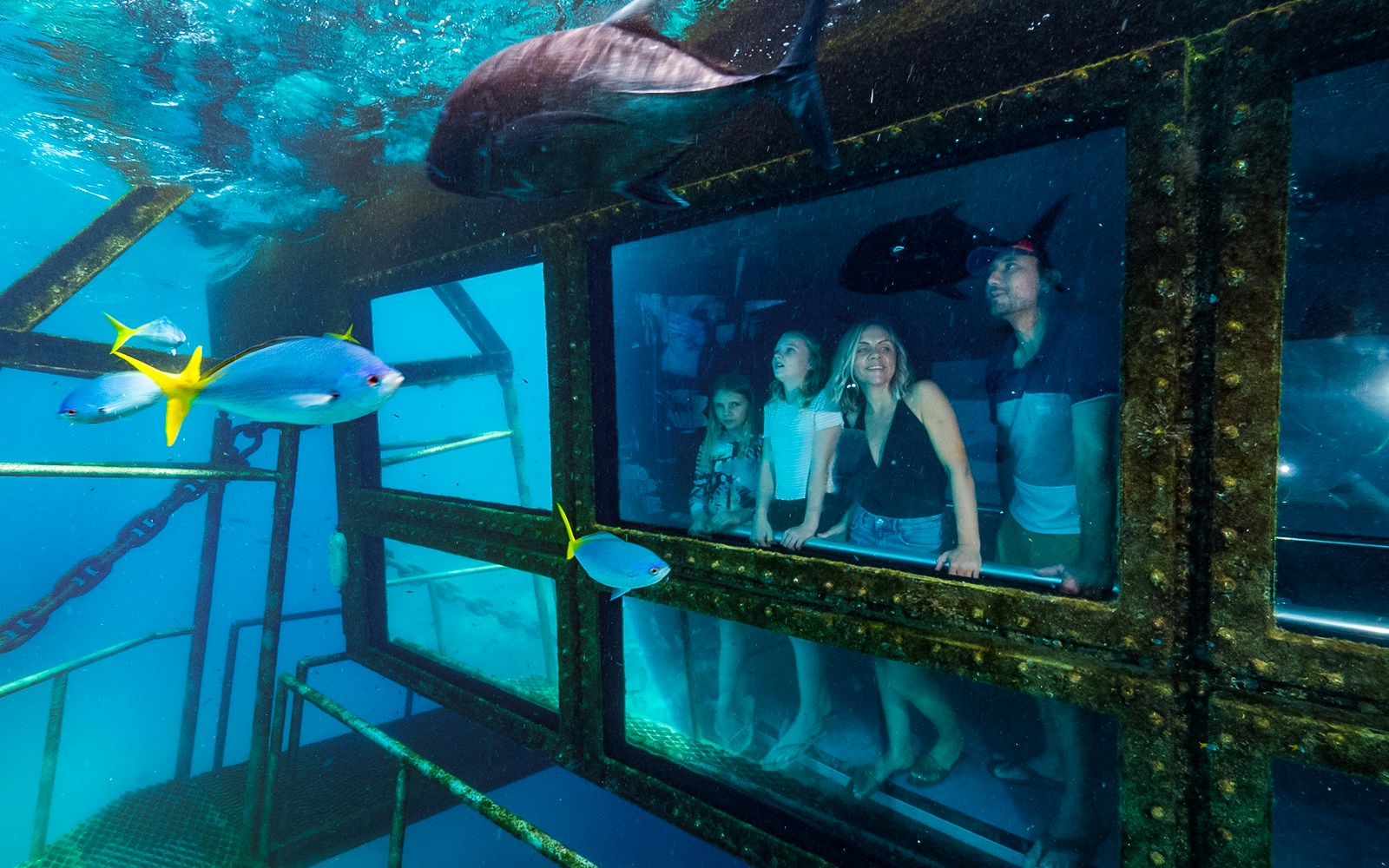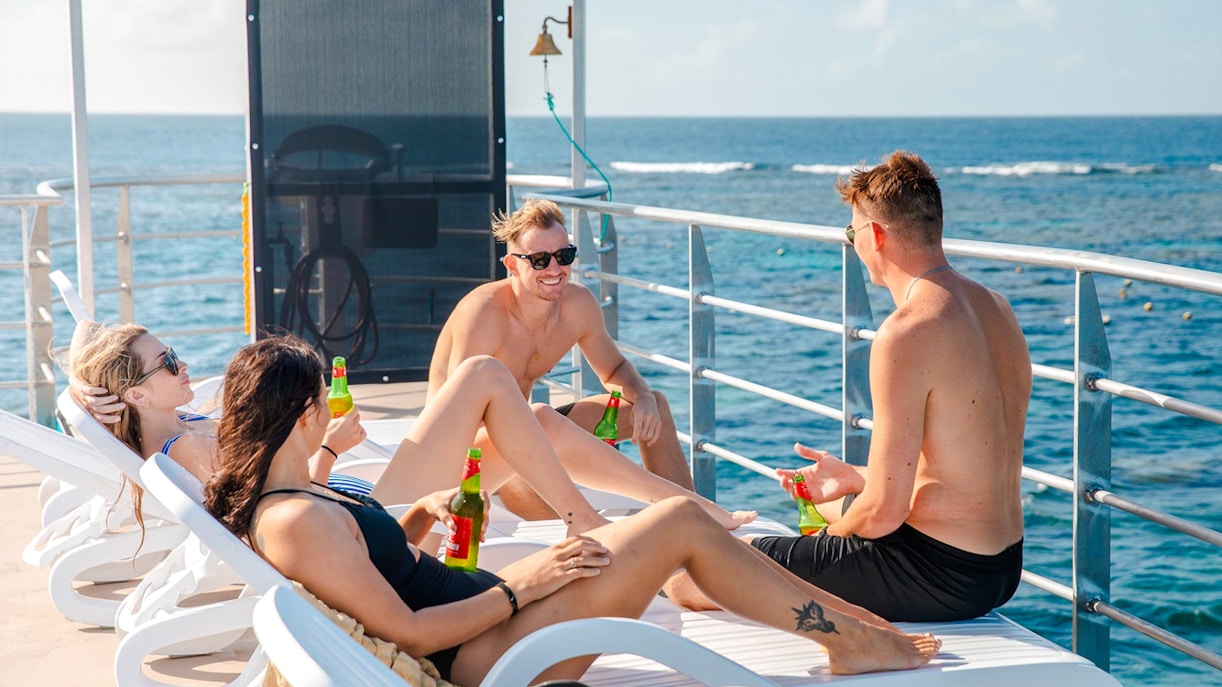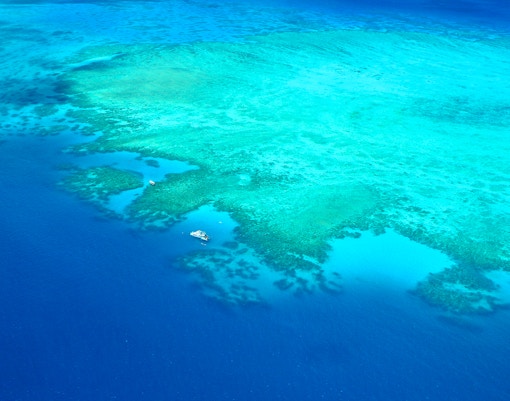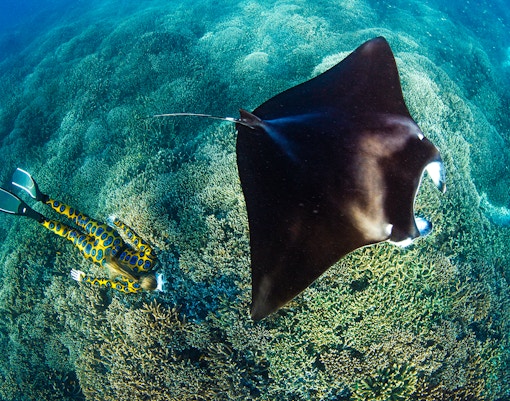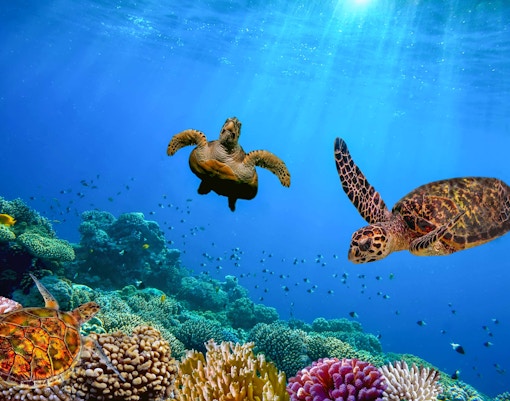Australia’s Great Barrier Reef, made up of nearly 3,000 distinct reefs and home to over 9,000 marine species, is a living natural wonder. Ready for your own adventure? Here’s how to make the most of every moment, with insight from those who’ve experienced it first-hand.
💬 “The best experience of my lifetime. A must-do on anyone’s bucket list. I’ll never forget this.” — Lea D.
What to pack & prep for your Great Barrier Reef tour
Packing smart can make your reef trip seamless. Visitors who forgot small essentials often regretted it:
- Reef-safe sunscreen (zinc or titanium dioxide): protect both your skin and the coral.
- Seasickness tablets: even strong swimmers said the boat ride was rougher than expected.
- Swimwear under your clothes: changing space is limited.
- Prescription masks: available if arranged, but bring your own if you rely on them.
- Underwater camera/GoPro: countless families wished they’d captured more of their once-in-a-lifetime encounters.
- Light jacket: sea breezes can chill you on deck.
- Medical must-haves: inhalers, seasickness bands for kids, and any daily meds.
- Documents: Bring your ticket confirmation, ID, and check whether your operator has already included the Marine Park fee.
Pro-tip: Use our ready-to-print checklist to avoid last-minute panic.
💬 “Ladies: Wear your swimwear underneath to save time. Changing rooms were small and crowded.” — Chris Z.



